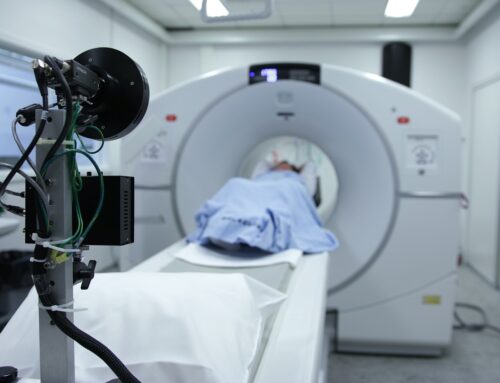You may think that medical malpractice is something that rarely happens, but unfortunately, that is not the case. Medical malpractice statistics point to something far more serious. In fact, the numbers are stunning.
According to Johns Hopkins University, medical malpractice accounts for one in 10 deaths in the United States – only cancer and heart disease register more fatalities. As the third leading cause of death in this country, at least a quarter of a million people fall victim to malpractice annually – although experts say that number could range all the way up to 440,000.
As shocking as those numbers are, those are only the recorded deaths. There are thousands of additional cases which cause permanent injury and lifelong medical issues. With numbers this high, medical malpractice should be a serious concern to anyone who is looking to undergo a surgery of medical procedure. Doctors and surgeons are human beings and mistakes can happen, but patients have the right to expect a professional and expert level of care.
In addition to honest mistakes – which can still be devastating – there are many other factors which contribute to the medical malpractice statistics. These include:
- Staff with inadequate skills or training, or facilities which are understaffed
- Incorrect medication or improper dosing being administered
- Unnecessary medications prescribed or over-prescribed
- Unnecessary surgical procedures being performed
- Undiagnosed side effects or complications, or preventable adverse side effects to surgery or medication
Because medical malpractice can cause irreparable harm for the rest of a patient’s life, the situation must be addressed. A patient who is under a physician’s care rightfully has high expectations of skill and diligence. When that expectation is unfounded and someone is permanently harmed, they deserve reimbursement.
Because of the high incidence of this type of injury, there is a high likelihood that you or a loved one will encounter this situation. Instead of simply becoming one of the annual medical malpractice statistics, take these steps to ensure that you are protected.
Steps to Take to Protect Yourself
- If you or a loved one are seeking medical care, research the doctor or surgeon to see if they have a history of problems with malpractice. Interview several doctors and choose one who you feel is listening to your concerns and willing to answer your questions.
- Gather available information on the condition you are being treated for, or the surgical procedure you will be undergoing. Ask for explanation of your treatment options, and be sure to evaluate pros and cons of each option.
- Ask about and document all possible adverse effects or reactions you may have.
- Take notes regarding your physician’s comments, recommendations or advice. Be sure to ask any questions you need to in order to fully understand what you will be undergoing.
- Advise someone you trust about your choices, and inform them as to where they can find documentation about your visits and the doctor’s comments.
- Pay close attention after your treatment or procedure to how you are feeling. Report any pain or side effects immediately to your doctor, even if you think what you are experiencing may be considered normal. Attend every scheduled follow-up visit. These precautions are to protect you should something happen down the road. You want to be sure the insurance company can’t claim that you did not take proper care of yourself.
If you feel that you or a loved one have a valid malpractice case, call the attorneys at Probinsky & Cole. This experience has been traumatic enough – let us help you to navigate the legal aspects of your claim.








